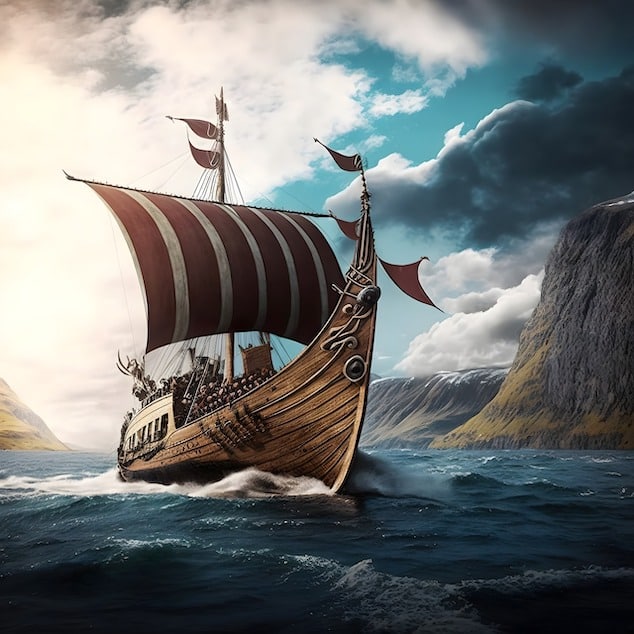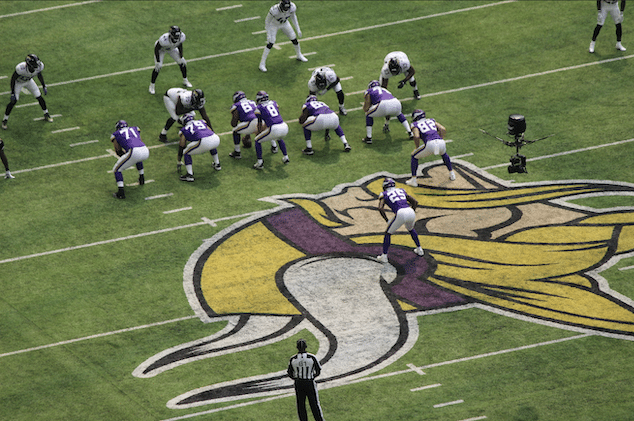
How Viking mythology and iconography infiltrated modern pop culture. From mores, aesthetics, attitudes, symbols, imagery and even music, all found in online games.
With a handful of fan-favorite TV shows and films under their belt, the Vikings have well and truly seen a renewed interest and become a mainstay of popular culture over the past few years. With this in mind, let’s take a look at some of the ways the Vikings have invaded modern pop culture.
Online slot games
Over the years, online slot games have become increasingly popular, thanks to their exciting and immersive themes. Perhaps one of the most popular of these themes is the Vikings, known for their ruthless decisions and bravery. Slot game enthusiasts can play online slots for real money, choosing from a wide range of Viking-themed games such as Vikings Unleashed Megaways, Vikings of Fortune, Viking Hoard, Volatile Vikings, Lightening Viking, Vikings: Empire Treasures, and many more.
Visually and narratively, these immersive games incorporate multiple aspects of Norse culture, from characters found in their mythology to the striking icy backdrop of the fjords, and iconography like Scandinavian longships. Symbols used in these games range from Viking helmets to swords and shields, and even drinking horns and tankards – these are immediately evocative of the Vikings, helping to make the gameplay more authentic and believable from the get-go.
Looking at the soundtracks to these games, it is important to note that music was extremely important to the Vikings. Thanks to a variety of archaeological finds, we know that music was played for everyone, no matter how rich or poor. Of all the instruments, the flute was the most prolific, typically made from bone or wood. For this reason, you’ll usually hear a flute-like melody in these slot games. That said, another thing they have in common is a backing of ominous-sounding choral harmonies, which is used to evoke the mysterious nature of Viking beliefs.

Sports teams
Around the world, there are a multitude of professional and semi-professional sports teams who have adopted the Viking name, such as Australian rugby union team The Canberra Vikings, English rugby league club The Widnes Vikings, Norwegian soccer team Viking Fotballklubb Stavanger, and Belgian lacrosse side De Pinte Vikings, to name a few. However, perhaps the highest density of Viking-nicknamed sports teams is in the US, boasting a wide range of college teams, Illinois baseball team Southland Vikings, and, arguably the most famous of them all, NFL side the Minnesota Vikings.
But why, you might be asking, is a team in the American Midwest named after ancient Scandinavian sailors? Well, it is estimated that Minnesota has the highest percentage of people with Norwegian, Danish, and Swedish heritage in the US, amounting to over 1 million Minnesotans. The branding of the team goes even further than just its name, with players wearing horned helmets, merchandise such as blow-up drinking horns and longships bobbing around the crowds, and their mascot being a long, blonde-haired man with braids and horns.
Now, it’s worth noting here that this is not what Vikings actually looked like. In fact, it is thought Vikings actually took very good care of their appearance and were often pretty well groomed. Though hair was worn long, it typically didn’t pass the shoulders. And, there’s an argument as to whether Vikings actually wore horns on their heads – more than likely, they were just used for drinking out of. Nevertheless, this just goes to show how prolific the representation of Vikings in popular culture is, even if the iconography and symbolism aren’t wholly accurate.






